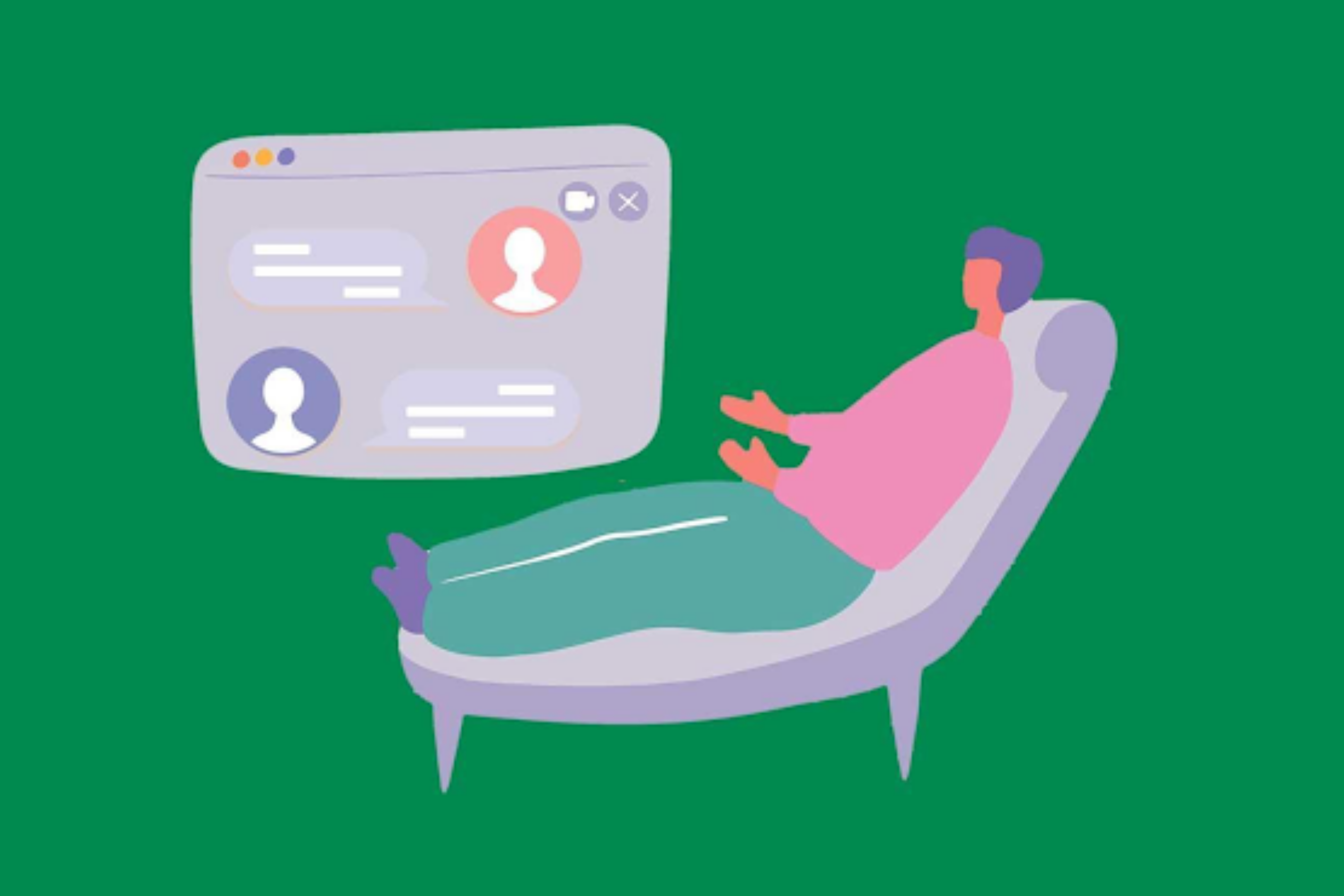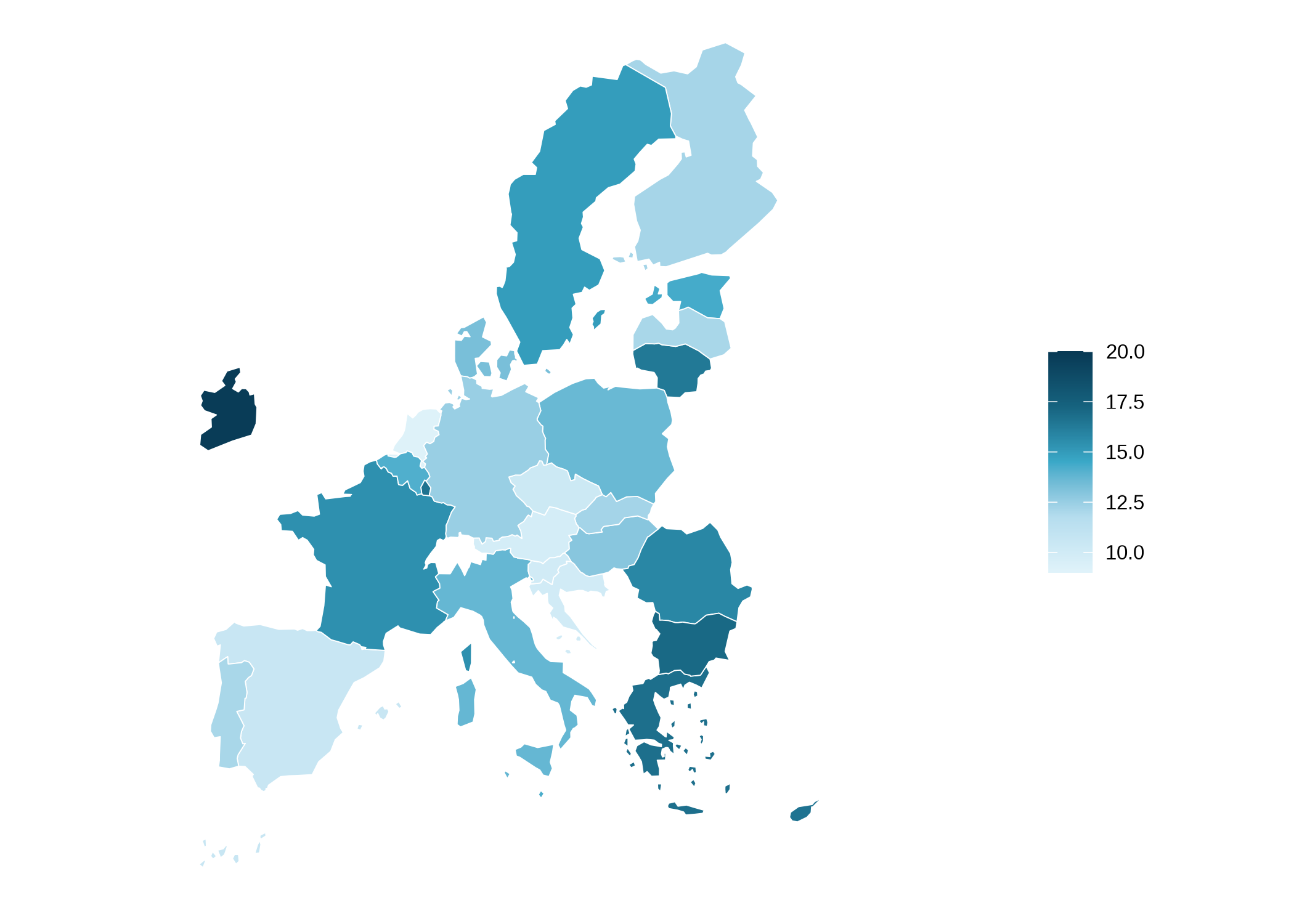
Living alone, moving far from our usual place of residence, working remotely, or socializing more through social media and less by meeting for coffee are some of the realities reshaping our social and emotional relationships. These trends help explain, in part, the rise in mental health issues among both young and older adults. In this context, artificial intelligence is emerging as a source of companionship and a tool to address loneliness. This is a negative experience that stems from the mismatch between the relationships we have and those we wish we had, often resulting in a sense of emptiness and a lack of meaningful, trusting connections.
In 2022, 10.5% of the Spanish population over the age of 16 reported experiencing this situation. In countries like Ireland and Greece, the proportion was nearly twice as high, and it could continue to rise in the coming decades. At present, the losses associated with loneliness amount to 4% of GDP in our country driven by increased healthcare spending, reduced productivity, rising premature deaths and a declining quality of life.
Virtual assistants can help ease loneliness by offering active listening, emotional validation, and a sense of companionship. They can even contribute to reducing anxiety and depression. Both conditions are closely linked to loneliness itself. In addition, they are accessible, easy to use, and help overcome common barriers to traditional psychological care, such as work schedules, distance or cost. In Spain, these technologies are already being used. Among younger people, the ZicoAsis platform enables conversations with an AI that helps them organize their thoughts, feel supported, and reinforce their therapeutic processes, while also aiding in the early detection of mental health issues. For older adults, the Serenia software offers companionship and cognitive stimulation activities, helping to reduce loneliness.
However, intensive use of these chatbots can lead to a certain degree of dependence and may even end up limiting social interactions, replacing human contact instead of complementing it. The challenge lies in making the most of their potential to support mental and emotional well-being without losing sight of the importance of real human connection. We are social creatures, and the evidence shows that much of our long-term well-being depends on the relationships we build with others.
Prevalence of loneliness among people aged 16 and over (% of the population, 2022).

Source: Own elaboration using the EU Loneliness Survey.
For further information, see: Casal, Bruno, Berta Rivera and Eva Rodríguez. “La factura social de la soledad no deseada.” Nada es Gratis; Dolz-del-Castellar, Blanca. “Loneliness trajectories and predictors in Spain: Results from the Spanish longitudinal study on aging and health (Edad con Salud).” Journal of Affective Disorders, 2025; Domínguez, Daniel. “La IA empática que facilita la tarea al psicólogo.” El País; Heinz, Michael V., et al. “Randomized Trial of a Generative AI Chatbot for Mental Health Treatment.” The New England Journal of Medicine 2, nº. 4, 2025; Helliwell, Jhon F., et al. (Eds.). (2025). World Happiness Report 2025. University of Oxford: Wellbeing Research Centre; Joint Research Centre. EU Loneliness Survey; Rhiannon Williams. “OpenAI has released its first research into how using ChatGPT affects people’s emotional well-being.” MIT Technological Review; and Serenia. “Serenia. La asistente IA de los seniors.” Serenia.